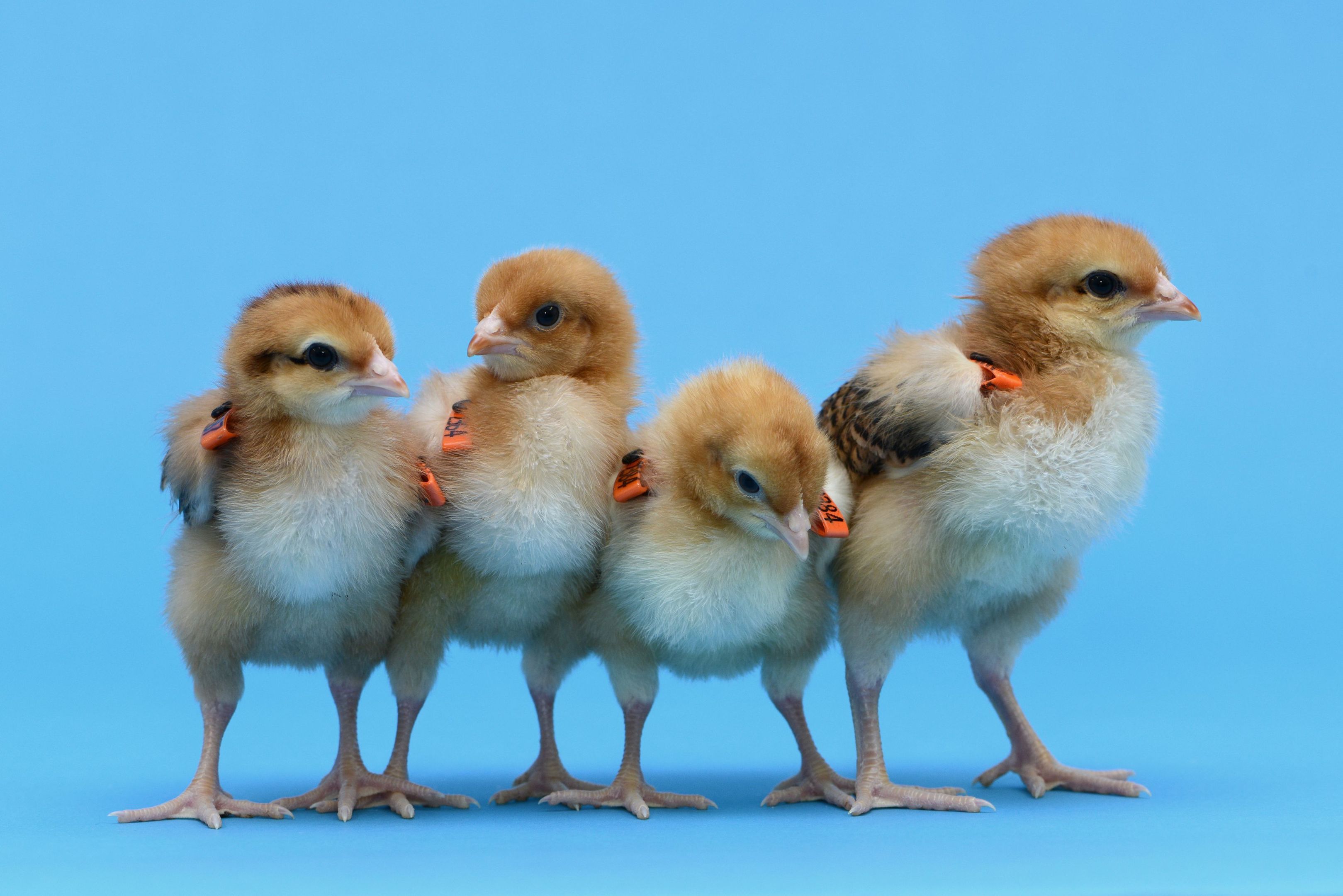
Genetically modified hens that can lay eggs from different poultry breeds are helping scientists set up a “frozen aviary” to conserve rare and exotic birds.
Like a seed bank for poultry, the aviary will store primordial stem cells that give rise to eggs destined to hatch male or female offspring.
So far, the team from the University of Edinburgh’s Roslin Institute have collected more than 500 samples from 25 different breeds. Held in a freezer at minus 150C, the cells will remain viable for decades.
The researchers want to preserve rare chicken breeds that may be resistant to infections such as bird flu or have desirable traits such as high meat quality.
A first step was to create the GM hens capable of laying eggs from multiple different rare breeds, which include the colourfully named “rumpless game”, “Scots dumpy”, Sicilian buttercup, and Old English pheasant fowl.
This was done using gene editing technology to knock out part of a gene called DDX4 which is vital for bird fertility.
The hens are unable to produce their own eggs, but can act as surrogate mothers after being implanted with the stem cells.
Their reproductive system take on the characteristics of the stem cell donor. Fertilisation is then carried out using injected sperm from one of the rare chickens.
Lead scientist Dr Mike McGrew said: “These chickens are a first step in saving and protecting rare poultry breeds from loss in order to preserve future biodiversity of our poultry from both economic and climate stresses.”
He spoke about the project to journalists at the annual meeting of the American Association for the Advancement of Science (AAAS) in Boston, Massachusetts.
Dr McGrew said there were strong parallels with seed banks aimed to preserve rare and endangered plant species.
He added: “We call it the frozen aviary because we want to freeze down these stem cells from a lot of different breeds of poultry, starting with chickens. Then we’d like to freeze down other breeds of poultry like geese; quail also. Our success so far is just with chickens but our plans are to do this with other bird species.”
To what extent it might be possible to use chickens as surrogate mothers for different bird species – not merely breeds – remains an unanswered question.
Dr McGrew said: “No-one knows if you transplanted these cells between different bird species if they would be able to make an egg from a different bird species. I have my doubts that it would work.”
While the chances of a chicken laying an eagle egg were remote, he thought the process could suit closely related species such as different varieties of duck or goose.
Rare chickens come in a wide variety of different shapes, sizes and colours, and a number have some very odd features.
One, the Dong Tao chicken, has oversized stumpy legs considered to be a delicacy in its native Vietnam.
Richard Broad, from the Rare Breeds Survival Trust, said: “The idea behind it really interests us.
“Basically you can just have a gene bank of rare breeds in the freezer. You can save all kinds of breeds, put them in a freezer and there would be a genetic ark for us. If you had one in every country, it would be a wonderful thing.”

Enjoy the convenience of having The Sunday Post delivered as a digital ePaper straight to your smartphone, tablet or computer.
Subscribe for only £5.49 a month and enjoy all the benefits of the printed paper as a digital replica.
Subscribe